Sno-Seal is a premium beeswax-based waterproofing product designed to protect leather goods from rain‚ sun‚ snow‚ and salt․ Ideal for boots‚ outdoor gear‚ and waxed materials․
1․1 What is Sno-Seal?
Sno-Seal is a beeswax-based waterproofing product designed to protect leather goods from environmental elements․ It creates a durable barrier against rain‚ snow‚ salt‚ and sun damage while maintaining breathability․ Ideal for boots‚ outdoor gear‚ and waxed materials‚ Sno-Seal is eco-friendly and made in the USA‚ offering long-lasting protection and conditioning for leather surfaces․
1․2 Benefits of Using Sno-Seal
Using Sno-Seal provides long-lasting waterproofing for leather goods‚ protecting against rain‚ snow‚ salt‚ and sun damage․ It lubricates and conditions leather‚ preventing drying and cracking․ Safe for stitching and seams‚ Sno-Seal dries scent-free‚ making it ideal for boots and outdoor gear․ It allows moisture to escape‚ enhancing comfort in Gore-Tex-lined boots‚ and is eco-friendly‚ offering a reliable solution for maintaining leather durability and appearance․
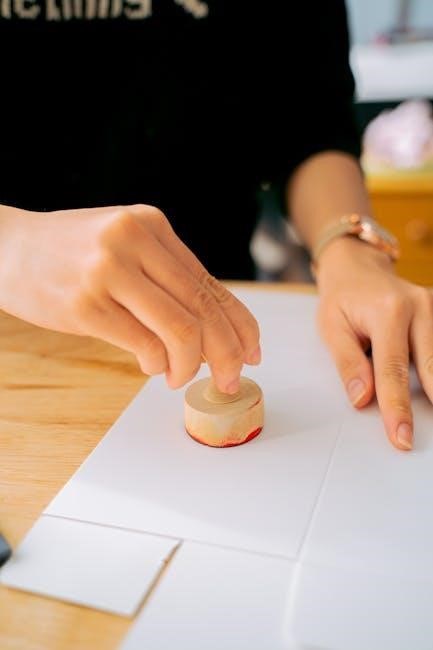
Safety Precautions
Avoid applying Sno-Seal near open flames or sparks․ Do not use ovens or direct heat to warm boots․ Keep away from flammable materials during application․
2․1 General Safety Tips
When using Sno-Seal‚ ensure good ventilation to avoid inhaling fumes․ Avoid applying near open flames or sparks․ Do not use ovens or direct heat to warm boots․ Keep the product away from flammable materials during application․ Use a heat lamp or sunny window to preheat leather‚ not an open flame․ Follow instructions carefully to prevent accidents and ensure safe‚ effective application․
2․2 Avoiding Common Mistakes
Avoid applying Sno-Seal on suede or split leather‚ as it may damage the material․ Do not overapply‚ as it can leave a greasy finish․ Never use direct heat like a flame to warm boots—opt for a heat lamp or sunny window instead․ Ensure leather is clean and dry before application to prevent uneven coverage․ Avoid using Sno-Seal on wet or damp surfaces‚ as this reduces effectiveness․ Always spot-test a small area first to ensure compatibility and avoid discoloration․

Preparation for Application
Preparation is key for effective Sno-Seal application․ Ensure leather is clean‚ dry‚ and free from dirt or oils․ Preheat boots with a heat lamp or sunlight to open pores for better absorption of the wax․
3․1 Cleaning the Leather Surface
Before applying Sno-Seal‚ thoroughly clean the leather surface to remove dirt‚ oils‚ or waxes․ Use a soft cloth or brush to gently scrub away contaminants․ Avoid harsh chemicals‚ as they may damage the leather․ Once clean‚ allow the leather to dry completely․ Preheating the leather with a heat lamp or sunlight can open its pores‚ ensuring better absorption of the Sno-Seal wax for optimal waterproofing results․
3․2 Preheating the Leather
Preheating the leather ensures Sno-Seal penetrates deeply for maximum protection․ Use a heat lamp‚ sunny window‚ or hairdryer on a low setting to warm the leather evenly․ Avoid extreme heat‚ as it may damage the material․ Warming the leather opens its pores‚ allowing the beeswax to bind effectively‚ enhancing waterproofing and durability․ Proper preheating is essential for a long-lasting finish․

Application Process
Apply Sno-Seal evenly to warm‚ clean leather‚ buffing thoroughly to ensure penetration․ Allow the product to dry completely for optimal waterproofing and durability․
4․1 Applying Sno-Seal
Preheat clean‚ dry leather using a heat lamp‚ sunny window‚ or hairdryer․ Rub Sno-Seal liberally into the leather‚ ensuring even coverage․ Gently buff with a cloth to work the wax deep into pores and fibers․ Avoid overapplication․ Let dry completely before use for maximum protection against water‚ salt‚ and UV damage․ This process ensures long-lasting waterproofing and conditioning of the leather․
4․2 Buffing the Leather
After applying Sno-Seal‚ use a clean‚ soft cloth to buff the leather in circular motions․ This helps distribute the wax evenly‚ enhancing waterproofing and giving a polished finish․ Buff gently‚ following the leather’s grain to avoid scratches․ Continue until no excess Sno-Seal remains․ Buffing ensures the wax penetrates deeply‚ providing long-lasting protection and a smooth surface․ Avoid over-buffing to maintain the integrity of the leather․
4․3 Allowing the Product to Dry
After buffing‚ allow the Sno-Seal to dry completely․ This typically takes 30 minutes to an hour‚ depending on temperature and humidity․ Avoid using the leather during this time․ Letting it dry ensures the wax fully bonds with the leather‚ providing maximum protection․ Once dry‚ the leather should feel supple and water-resistant․ Do not expedite drying with heat sources‚ as this can damage the leather or wax․
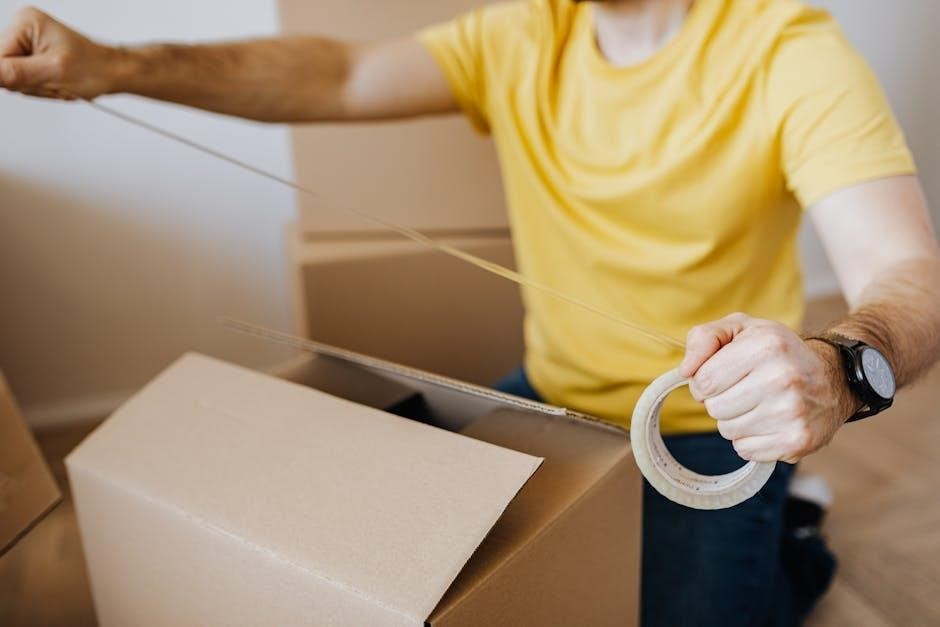
Tips for Optimal Results
For best results‚ reapply Sno-Seal periodically‚ especially after heavy use or exposure to harsh conditions․ This ensures long-lasting waterproofing and protection against rain‚ sun‚ and salt․
5․1 Reapplying Sno-Seal
Regular reapplication of Sno-Seal ensures sustained waterproofing and protection․ Reapply when water no longer beads up on the surface or after heavy exposure to harsh conditions․ Gently warm the leather and apply a thin‚ even layer‚ buffing thoroughly․ This maintains the protective barrier and keeps leather supple․ Over time‚ reapplication prevents cracking and extends the life of your boots or outdoor gear․
5․2 Protecting Against Rain‚ Sun‚ Snow‚ and Salt
Sno-Seal provides exceptional protection against rain‚ sun‚ snow‚ and salt‚ creating a durable barrier on leather surfaces․ Its beeswax formula repels water and withstands UV rays‚ preventing fading and cracking․ Salt damage is minimized‚ and freezing temperatures are resisted․ Regular use ensures long-lasting protection‚ keeping boots and gear dry and conditioned in harsh weather conditions․ Reapply after prolonged exposure for optimal results․
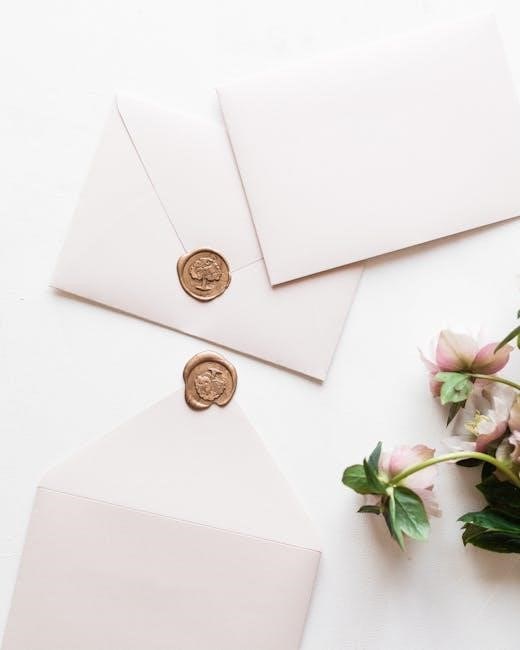
Common Mistakes to Avoid
Overapplication and using Sno-Seal on suede or split leather are common errors․ These can lead to a greasy finish or damage to sensitive materials‚ reducing effectiveness․
6․1 Overapplication of Sno-Seal
Overapplication of Sno-Seal can lead to a greasy finish and reduced effectiveness․ Excess product may attract dirt and diminish the leather’s breathability․ To avoid this‚ apply a thin‚ even layer and buff thoroughly to remove any surplus․ This ensures optimal waterproofing without compromising the material’s natural properties or comfort․ Proper application enhances performance and maintains the leather’s integrity for long-lasting protection․
6․2 Using Sno-Seal on Suede or Split Leather
Using Sno-Seal on suede or split leather is not recommended‚ as it can damage the delicate surface․ The product is designed for smooth leathers and may cause discoloration or clog pores on suede․ Applying Sno-Seal to these materials can alter their texture and appearance‚ potentially ruining the finish․ Always test on a small area first to ensure compatibility and avoid irreversible damage to your leather goods․
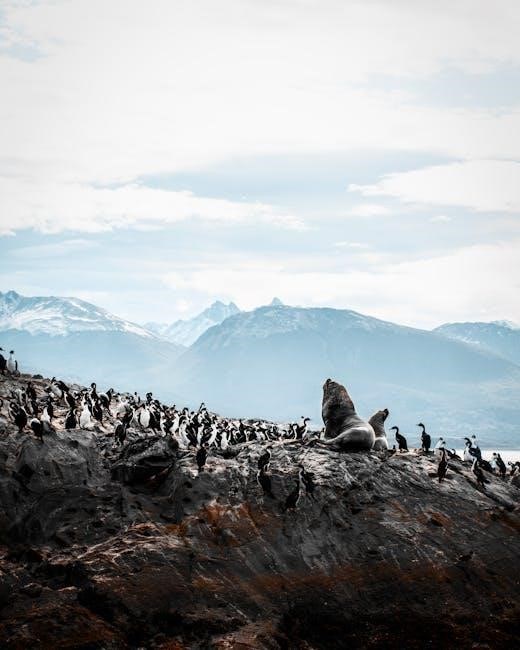
Using Sno-Seal on Gore-Tex Lined Boots
Sno-Seal enhances comfort in Gore-Tex lined boots by allowing moisture to escape‚ preventing buildup and keeping feet dry in various weather conditions․
7․1 Enhancing Comfort and Moisture Escape
Sno-Seal improves comfort in Gore-Tex lined boots by enabling moisture‚ such as perspiration‚ to escape through the leather‚ preventing buildup․ This ensures feet stay dry and comfortable during outdoor activities․ The beeswax formula enhances breathability while protecting against external moisture‚ creating a balanced environment for optimal performance․ It works seamlessly with Gore-Tex‚ maintaining its waterproofing capabilities while allowing natural moisture release․
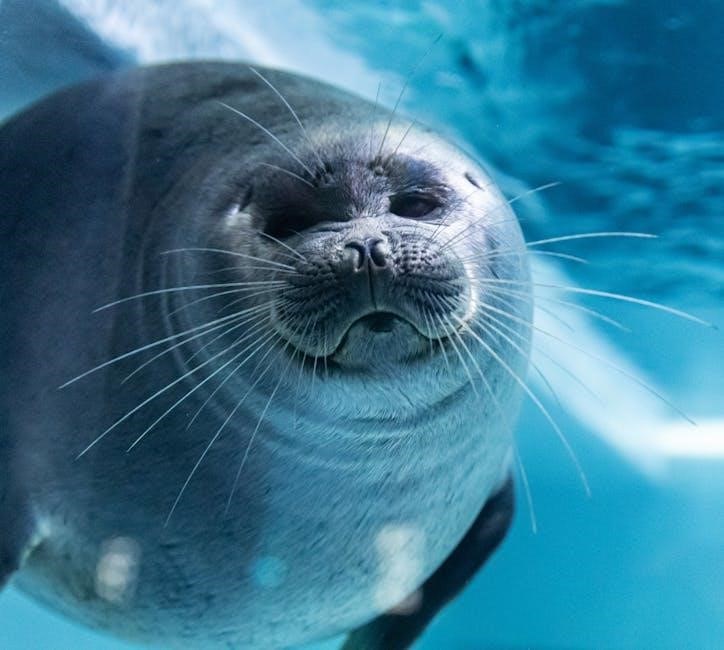
Environmental Considerations
Sno-Seal is an eco-friendly beeswax-based product‚ non-toxic and biodegradable‚ making it safer for the environment․ Its natural formula aligns with sustainable practices for outdoor enthusiasts․
8․1 Eco-Friendly Aspects of Sno-Seal
Sno-Seal is an eco-friendly waterproofing product made from natural beeswax‚ ensuring it is non-toxic and biodegradable․ Its composition makes it safe for the environment and aligns with sustainable practices․ Additionally‚ Sno-Seal is free from harmful chemicals‚ making it a responsible choice for outdoor enthusiasts․ It is also safe for stitching and seams‚ further enhancing its eco-friendly profile․ By using Sno-Seal‚ users support environmentally conscious manufacturing․
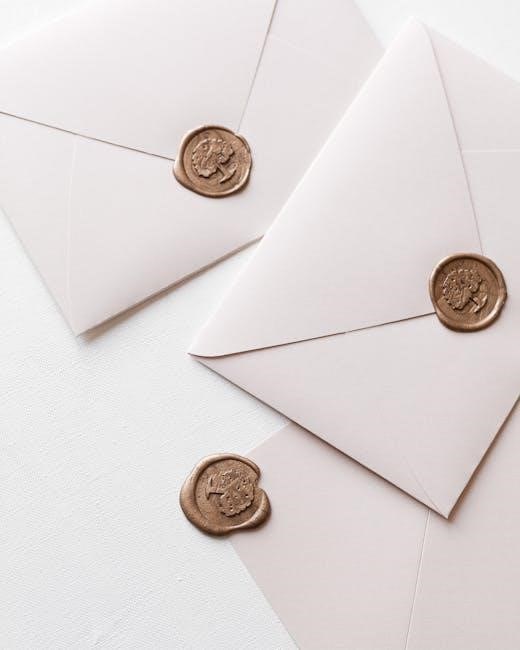
Additional Uses for Sno-Seal
Beyond waterproofing leather‚ Sno-Seal can protect waxed cotton‚ tent seams‚ and other outdoor gear․ It’s also used to condition and shield stitching and seams effectively․
9․1 Waterproofing Waxed Cotton and Tent Seams
Sno-Seal is highly effective for waterproofing waxed cotton fabrics and tent seams․ It creates a durable barrier against rain‚ sun‚ and moisture‚ extending the life of outdoor gear․ Apply Sno-Seal liberally to waxed cotton or tent seams‚ ensuring even coverage․ Allow it to dry completely before use․ This protects against water penetration and UV damage‚ making it ideal for camping and outdoor activities․ Regular application ensures long-lasting protection․
9․2 Protecting Other Outdoor Leather Goods
Beyond boots‚ Sno-Seal is perfect for protecting belts‚ gloves‚ and other outdoor leather gear․ Its beeswax formula lubricates the leather‚ preventing drying and cracking․ Apply a thin layer to clean‚ warm leather‚ buffing thoroughly․ Sno-Seal enhances durability without leaving a residue‚ ensuring your gear remains supple and water-resistant․ Regular use keeps leather goods in excellent condition‚ making it a versatile solution for all outdoor enthusiasts and their equipment․
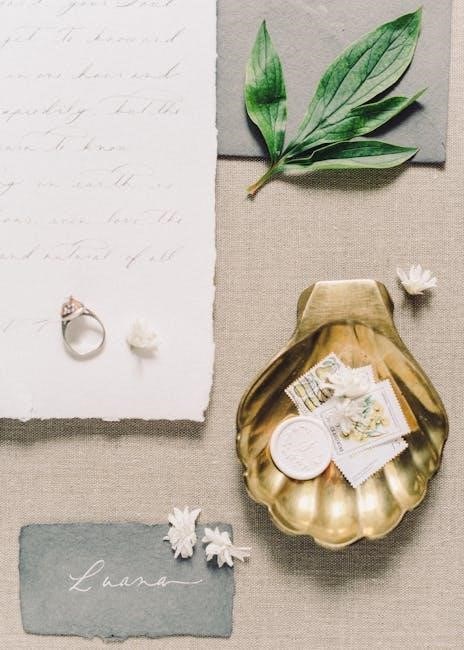
Troubleshooting Common Issues
Address peeling or cracking by reapplying Sno-Seal thinly․ For insufficient waterproofing‚ ensure proper application and drying․ Buffing excess wax prevents buildup and maintains leather flexibility․
10․1 Dealing with Peeling or Cracking
If Sno-Seal starts peeling or cracking‚ gently remove loose flakes using a soft cloth․ Reapply a thin‚ even layer to the affected areas‚ ensuring the leather is clean and warm․ Allow it to dry completely before use․ Buffing lightly restores a smooth finish and prevents further issues‚ maintaining the leather’s protection and appearance effectively․
10․2 Addressing Insufficient Waterproofing
If Sno-Seal isn’t providing adequate waterproofing‚ inspect the application․ Ensure the leather was clean and warm before use․ Reapply a thin‚ even layer‚ focusing on high-wear areas․ Avoid overapplication‚ as it can reduce effectiveness․ Buff thoroughly to ensure absorption․ For optimal results‚ apply multiple thin layers‚ allowing each to dry before adding more․ This ensures long-lasting protection against moisture and environmental stressors․
